 Women’s rights in Luxembourg have progressed in the last five decades. This progress includes closing the gender pay gap, cultural shifts toward equality in the monarchy, and leveraging the country’s primary industries to invest in resources for women. Because of the high cost of living and significant immigration into Luxembourg, however, poverty for working populations, or in-work poverty, continues to affect more vulnerable demographics, particularly women. The Government of Luxembourg continues to work to address these challenges.
Women’s rights in Luxembourg have progressed in the last five decades. This progress includes closing the gender pay gap, cultural shifts toward equality in the monarchy, and leveraging the country’s primary industries to invest in resources for women. Because of the high cost of living and significant immigration into Luxembourg, however, poverty for working populations, or in-work poverty, continues to affect more vulnerable demographics, particularly women. The Government of Luxembourg continues to work to address these challenges.
Robust Support for Women’s Rights in Luxembourg
The Luxembourg Government prioritizes equality through the sponsorship of the electoral Ministry of Equality Between Women and Men. These efforts have seen significant success: at -.2%, Luxembourg has the lowest gender pay gap in the world.
The Grand Duchess, Maria Teresa, puts the protection of women’s rights in Luxembourg at the “heart of her social and humanitarian engagements”. Duchess Teresa started an initiative in 2019 to support victims of domestic violence and abuse.
Beyond government, Luxembourg is leveraging its expertise in international finance to vie for women’s rights. The Government of Luxembourg kickstarted a 3-year partnership with U.N. Women to, “catalyze global markets, leverage public-private initiatives and design new financial instruments.”
Among the goals of the partnership are the creation of bonds in the Luxembourg Stock Exchange that invest in gender parity (a category currently occupied by 1% of thematic bonds), as well as moving to align gender-sensitive policy to achieve the United Nation’s Sustainable Development Goals.
Women and the Working Poor
Although the strides Luxembourg has made have been historic and momentous, there are still areas of struggle unique to its demographics, many of these chiefly affecting women.
Despite having the highest GDP per capita in the European Union, Luxembourg has some of the highest levels of working poverty, particularly for women (ranking 1st in the EU with a 13.5% poverty rate among working women). However, the overall at risk of poverty rate is lower than the European average. This means that in-work poverty is a more significant challenge for women in Luxembourg than in other countries in the European Union.
Approximately half of Luxembourg’s population is of foreign origin. For both women and men immigrating into the country, they have no voting rights. Working poverty remains a low priority for policymakers as a result. The Luxembourg Chamber of Deputies does address poverty generally however, which can aid in reducing the impacts of in-work poverty on the most sensitive populations, such as immigrants who are employed but affected by in-work poverty.
In-work poverty largely affects single parents, a higher percentage of which are women. The high cost of living, highlighted by housing costs, can contribute to greater poverty levels for those in lower wage quartiles. For 91% of the most disadvantaged households, housing costs can make up more than half of disposable income.
In addition to ongoing Government actions, one nonprofit, Femmes en détresse A.S.B.L provides housing and support for women experiencing violence in addition to legal, social and economic assistance. Located in the city of Luxembourg, Femmes en détresse was founded in June 1979 by a working group of women’s rights activists. Its aim was to create, develop and manage a shelter for women in distress, offering women and their children effective protection against gender based violence. They function as a shelter as well as a national 24/7, 365 hotline to support women in Luxembourg.
On the international level, the Government of Luxembourg joined as a member state to the U.N.’s national action plan. Christened the Luxembourgish Child Guarantee National Action Plan (NAP), the policy intends to focus on reducing poverty by enabling access to housing and education for children of foreign parents, targeting some of the most disadvantaged populations in the country when it comes to poverty.
This is especially significant for women and girls. In Luxembourg, women and girls age 10 and up spend 14.4% of their time on unpaid domestic work. Increasing access to housing can help to bridge this gap as it increases the likelihood of labor-saving technologies such as washing machines and stoves.
Conclusion
Overall, Luxembourg continues to make historic strides toward equality for women in and out of the workplace, and in international markets. The need for ongoing reform to provide infrastructure for the working poor who have immigrated to Luxembourg, policy support for single parents, and continuous focus on increasing legislation championing immigrants are among some of the primary foci for the Government of the State when it comes to women’s rights in Luxembourg in the coming decade.
– Ava Johnson
Photo: Flickr
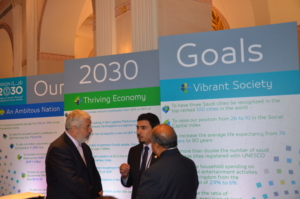
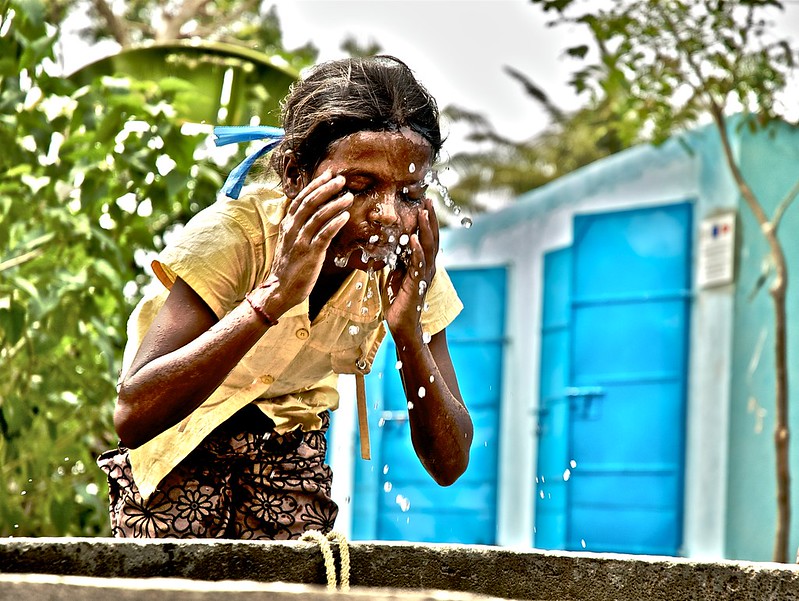
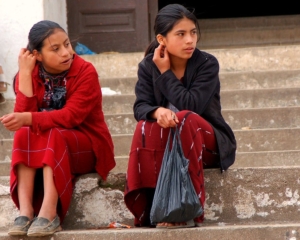 A recent
A recent 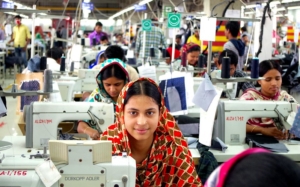 In 2015, the leaders of 191 United Nations (U.N.) member states came together to develop the Sustainable Development Goals (SDGs).
In 2015, the leaders of 191 United Nations (U.N.) member states came together to develop the Sustainable Development Goals (SDGs). 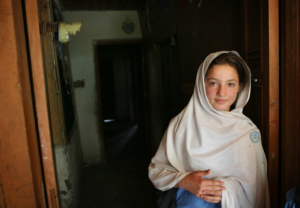 Since the creation of the Sustainable Development Goals (SDGs) in 2015, the United Nations has made significant progress in meeting these goals. The idea of these 17 goals is to reduce poverty, promote health care and education for countries all over the world and overall make the planet more sustainable for humanity. Recently the U.N. held a High-Level Political Forum meeting in which it renewed its commitment to reaching the SDGs.
Since the creation of the Sustainable Development Goals (SDGs) in 2015, the United Nations has made significant progress in meeting these goals. The idea of these 17 goals is to reduce poverty, promote health care and education for countries all over the world and overall make the planet more sustainable for humanity. Recently the U.N. held a High-Level Political Forum meeting in which it renewed its commitment to reaching the SDGs.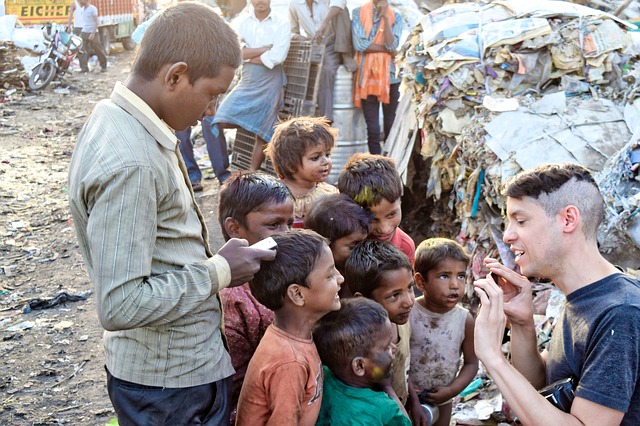 In 2015, the United Nations (UN) created the
In 2015, the United Nations (UN) created the 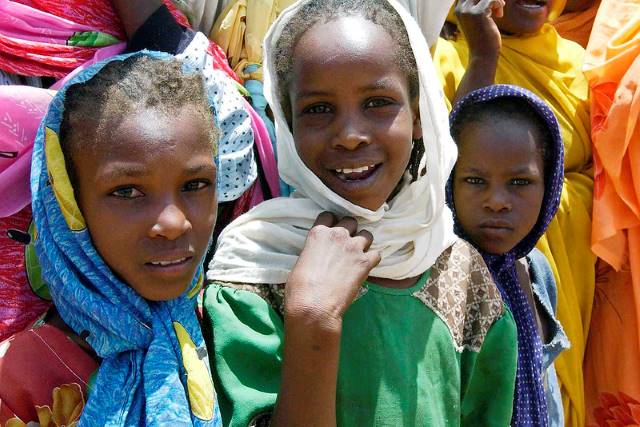 Although six African states issued legislation to prohibit female genital mutilation, the north African state of Sudan was lagging behind in these efforts. Female genital mutilation ( FGM) was illegal in some Sudanese states but the bans were widely ignored. Under the leadership of Omar al-Bashir, parliament rejected recommendations to ban the practice.
Although six African states issued legislation to prohibit female genital mutilation, the north African state of Sudan was lagging behind in these efforts. Female genital mutilation ( FGM) was illegal in some Sudanese states but the bans were widely ignored. Under the leadership of Omar al-Bashir, parliament rejected recommendations to ban the practice.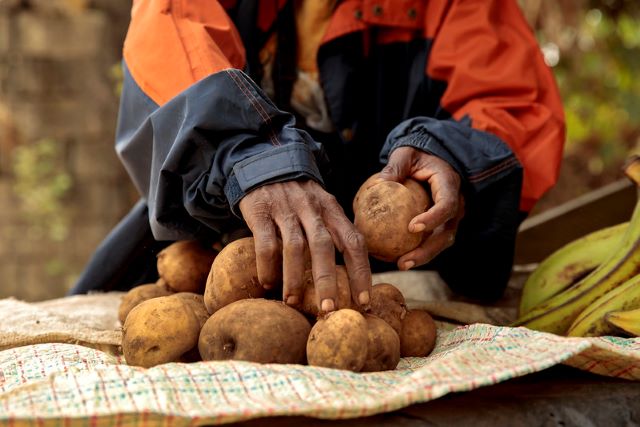 In the next 30 years, the world population
In the next 30 years, the world population  In 2015, the United Nations General Assembly announced a pledge to change the world for the better by the year 2030. That pledge led to the Sustainable Development Goals, also known simply as the Global Goals, which aim to eradicate hunger, combat inequality and clean up the planet. To this end, Samsung has joined the efforts to see the world accomplish these goals and released the
In 2015, the United Nations General Assembly announced a pledge to change the world for the better by the year 2030. That pledge led to the Sustainable Development Goals, also known simply as the Global Goals, which aim to eradicate hunger, combat inequality and clean up the planet. To this end, Samsung has joined the efforts to see the world accomplish these goals and released the